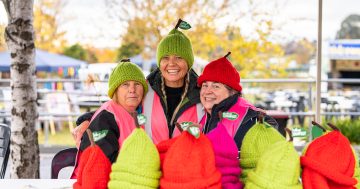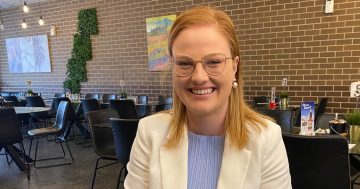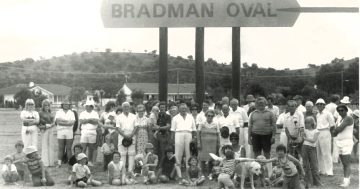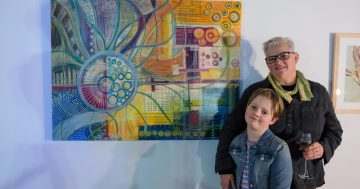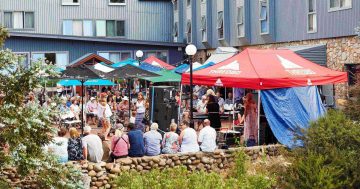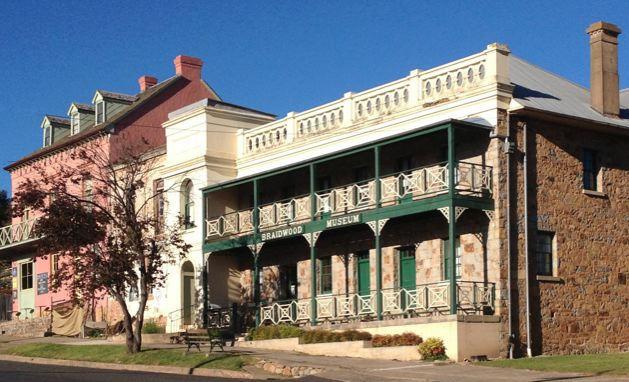
Braidwood Museum is being transformed. Photo: Supplied.
Construction to transform Braidwood Museum into a historical centre with additional buildings and renovations is expected to begin this September.
John Stahel, a local volunteer of seven years, says the heritage-listed museum on the edge of the main street is well worth a look.
“It’s an extraordinarily important and extensive archive,” he says.
The amazing collection includes Chinese and European artefacts from the goldmines of the 1850s and early settler families.
In 2017, funds from Museums and Galleries NSW were made available to preserve some of the fibre pieces. A chest freezer was also bought to prevent pests damaging the unique relics so they could stay on display.
“Archival materials used to help protect the collection would be too expensive for our small non-profit organisation to afford, the collection would deteriorate and be lost,” John says.
Funding remains vital for museums to continue to share our stories and maintain our past.
Upgrades to Braidwood Museum form part of the Queanbeyan Palerang Regional Council’s 2017-2025 tourism plan.
New buildings and renovations will serve as accommodation, artisan workshops, a cafe, gallery, museum shop, and restoration and conservation facility.
The conservation facility and museum-experienced workers will help care for the collection, document the objects and make them accessible to the public.
“The centre grew out of the need to protect the museum,” John says. “The money from the centre will be used to maintain the collection and grounds for continuing operations.”

The Nomchong family wedding dress is a Braidwood heirloom. Photo: Supplied.
The heritage-listed town boasts a creative community and unique history with countless trades and skills throughout the district, including clockmaking, blacksmithing and weaving.
The refurbished museum will create an environment where these skills can be taught to better understand and appreciate our rich past.
Currently staffed by volunteers, the museum is open two days a week when possible. The new historic centre will be open seven days a week for the public to enjoy.
An important community organisation since opening in the 1970s after its purchase by the historical society, the museum has partnered with the local central school to conduct class tours and onboard student volunteers.
Local families have donated unique pieces, including a Chinese wedding dress from the Nomchong family and folders of local postcards and letters from the McGrath family.
Volunteering has kept the museum alive and will continue to be important in the new centre as collaboration and learning opportunities grow.
Without the work of these passionate volunteers, the museum would not be where it is today. Their ongoing involvement underlines the community’s respect for the region’s past and the importance to share its stories.
“A lot of the history of the district is held by ordinary folk so it’ll be important to have them feeling involved in their historical society,” John says.
The historical centre is expected to open to the public in June 2023.
Chelsea Pharaoh is a work experience student.
Original Article published by Chelsea Pharaoh on Riotact.








